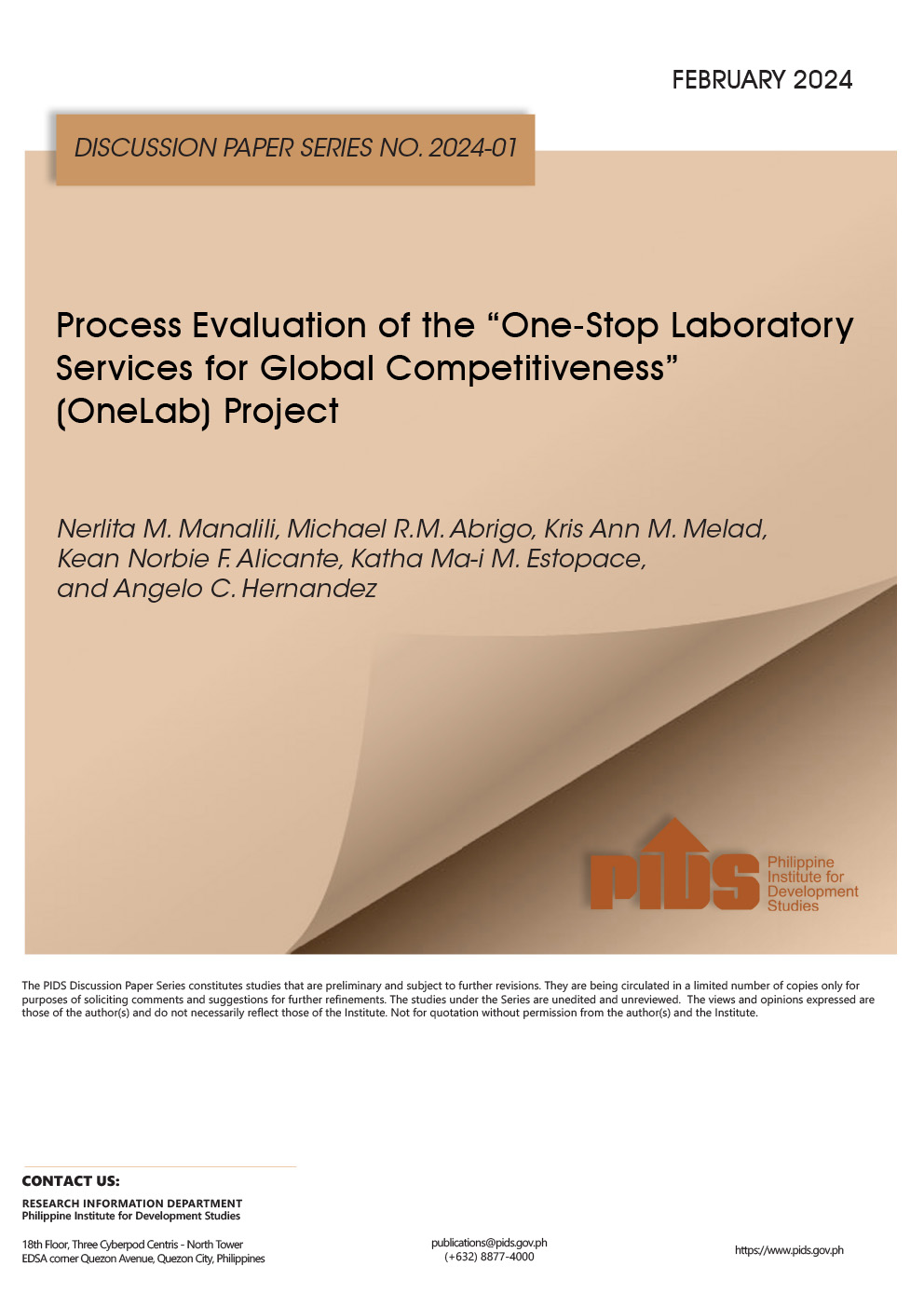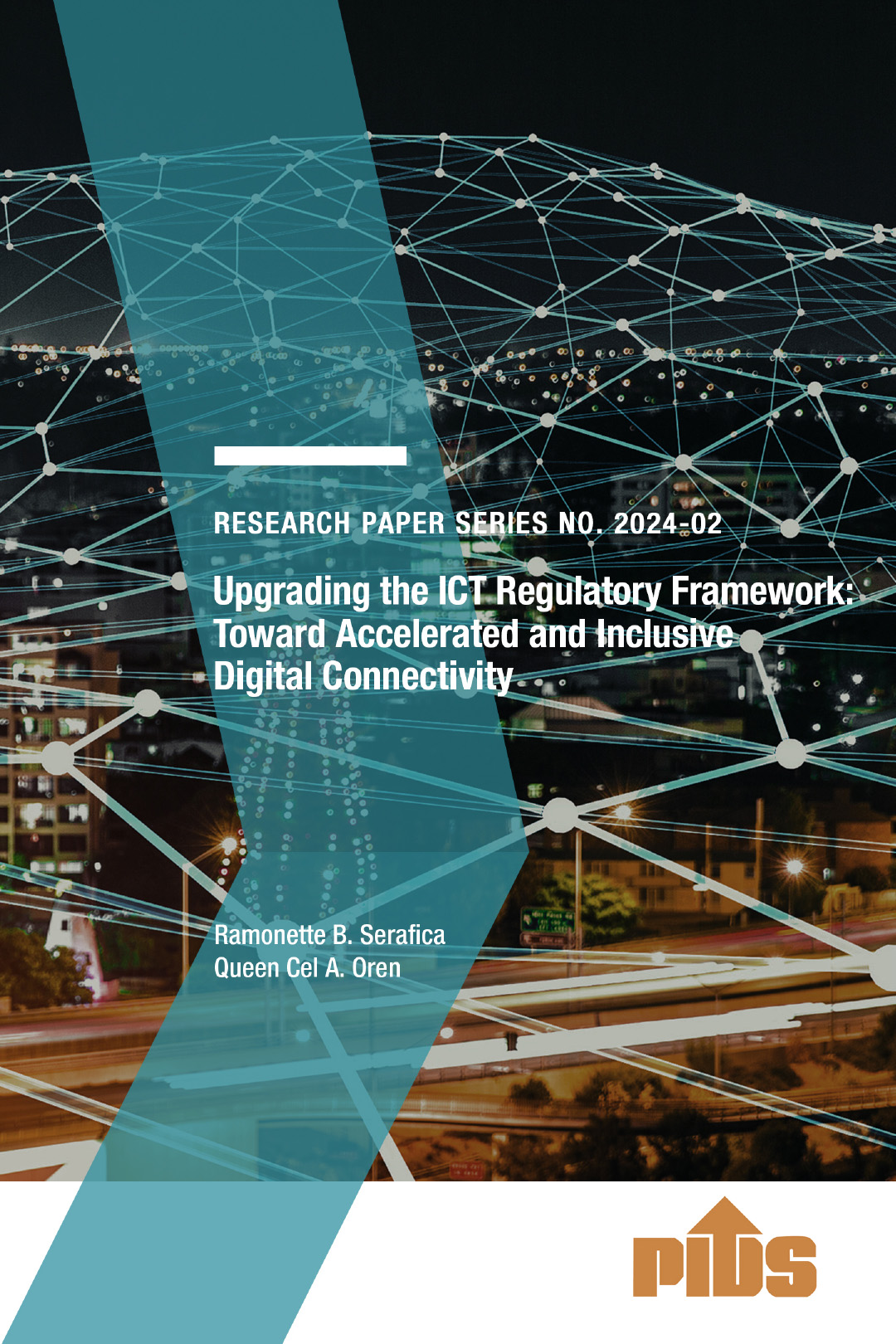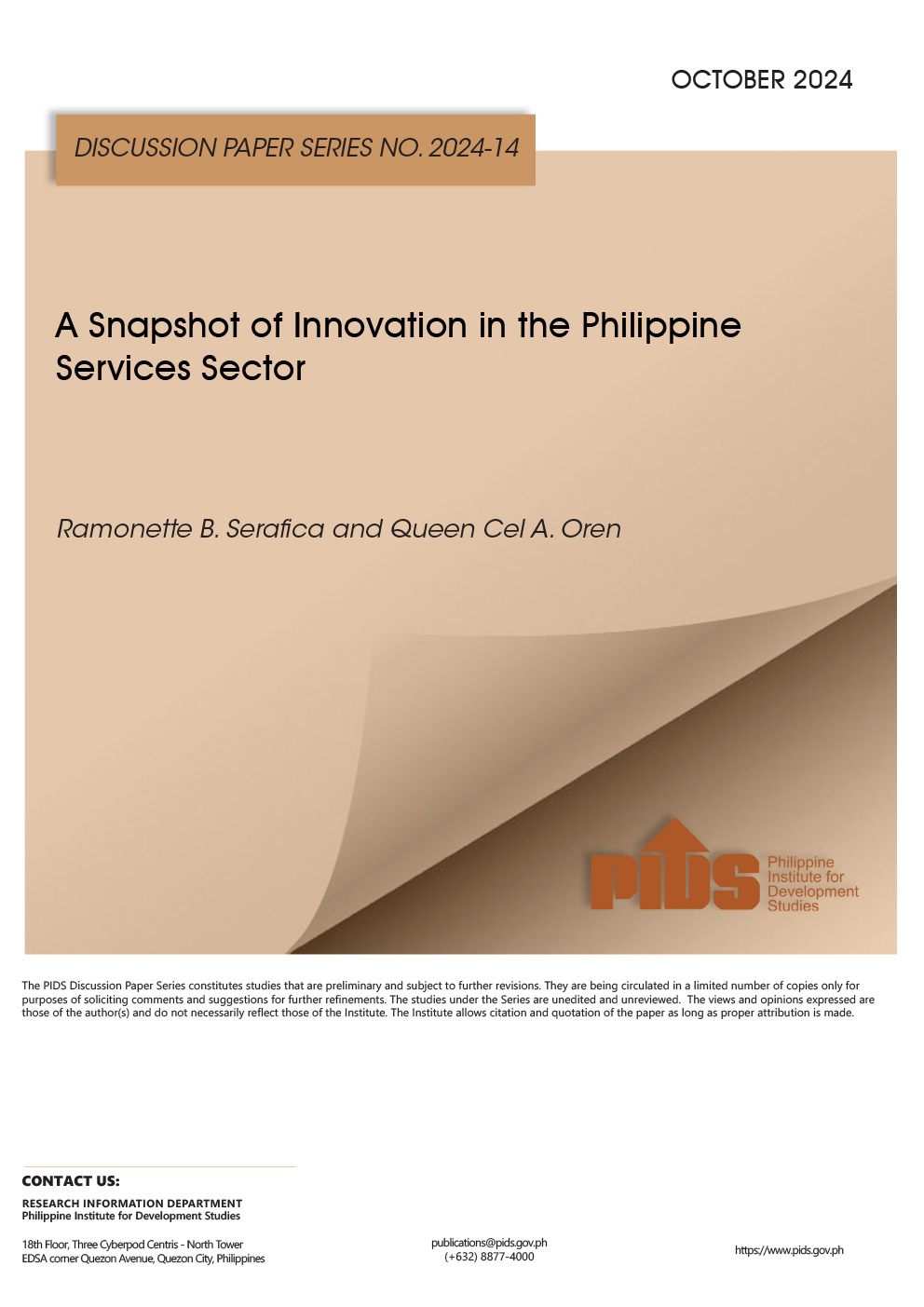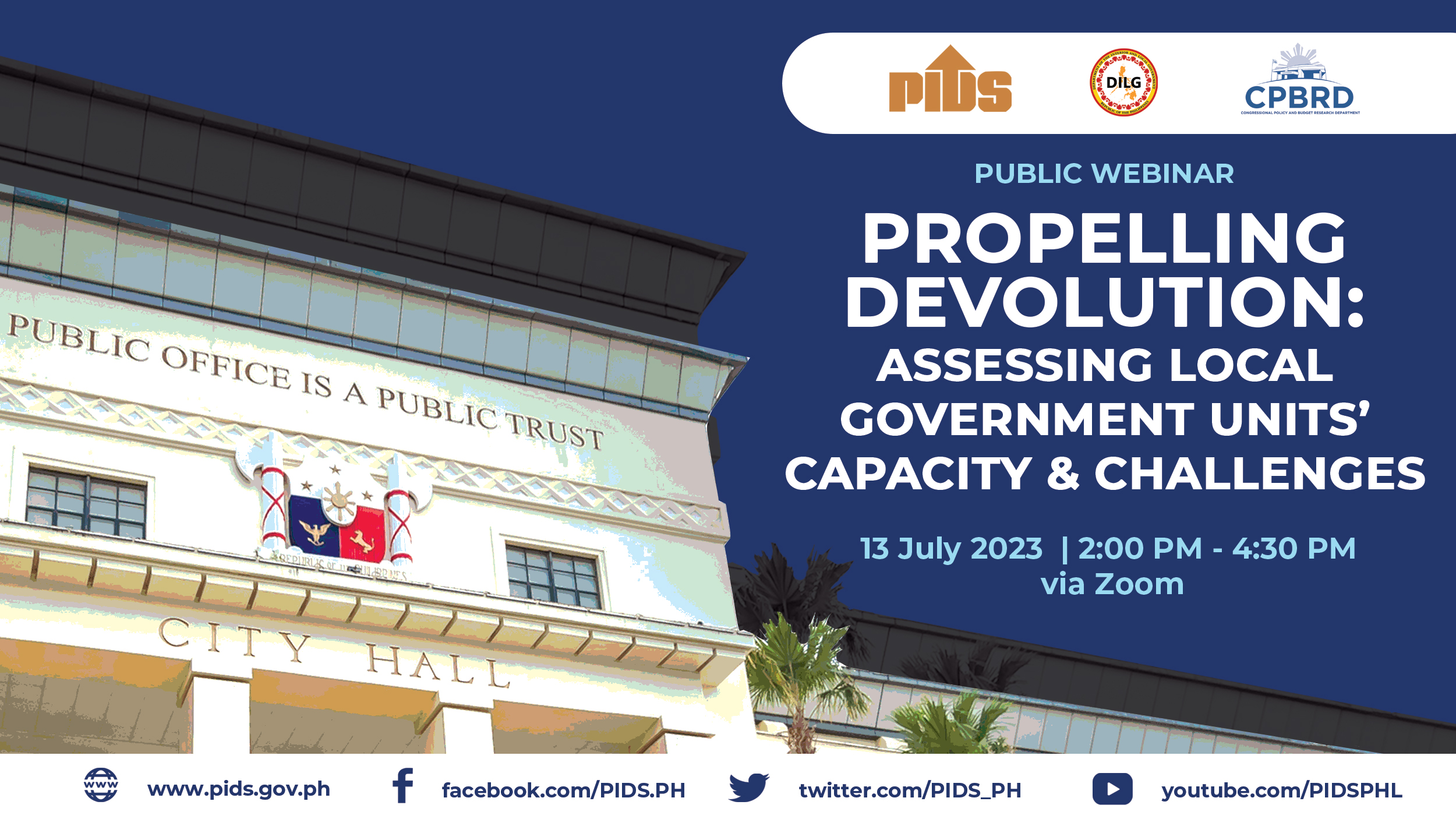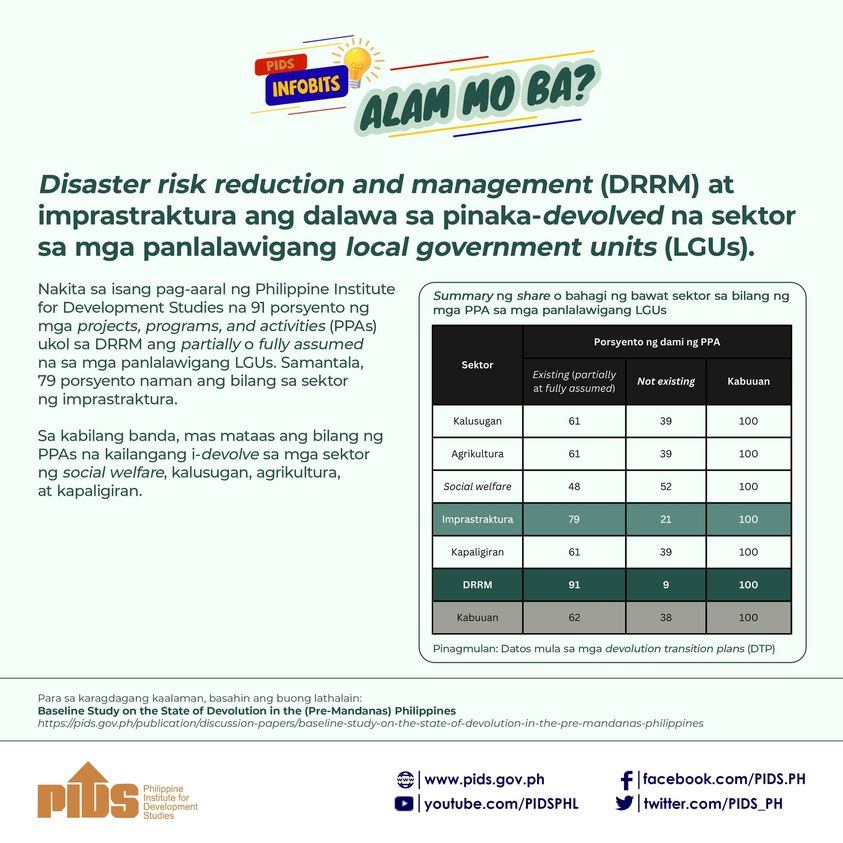The government has to develop industry road maps and export strategies for digital products if it wants to exploit the multibillion-peso electronic commerce industry, according to a study.
In a discussion paper, titled “Issues on Digital Trade,” by the Philippine Institute for Development Studies (Pids), the government was urged to focus on creating strategies that will take advantage of the country’s pool of creative talent. This, the study claimed, could be a way for the Philippines to develop its e-commerce industry.
“Given the country’s pool of creative talent, in addition to the services where the Philippines has revealed comparative advantage, attention should be given to the promotion of digital products. An export strategy could be developed promoting the creative industries, such as copyright based industries (CBIs), specifically core CBIs whose outputs can be digitally delivered over the Internet,” the study read.
Road maps on press and literature; music; motion picture and video; radio and television; and photography will contribute to the country’s digital trade platform. Core CBIs also include software and databases; visual and graphic art; advertising services; and copyright collective management societies.
The Philippines’s core CBIs in 2010 contributed 5.11 percent of total gross domestic product and 8.83 percent of employment, the study added. It also reported exports of core CBIs expanded 133 percent to $21 million in 2012, from $9 million in 2010.
“The PSA [Philippine Statistics Authority] should be regularly providing specific information and statistics on the creative economy, especially given the potentials of creative industries for enhancing employment and economic output,” the study read.
The study, likewise, stated that the government should seriously take investing heavily on creative industries if it wants to improve its digital trade. It said opportunities arise from funding core CBIs, “especially given likely risks to jobs from the full impact of the Fourth Industrial Revolution.”
The Philippines has a relatively slow transition to e-commerce, also known as digital trade, according to the study, largely due to the poor Internet infrastructure in the country. In the 2015 Annual Survey of Philippine Business and Industry, which covers the formal sector only, by the PSA, sales from e-commerce transactions reached P44.4 billion only.
“The proportion of online sales to total sales is one indicator of digital intensity. For the Philippines, e-commerce sales accounted for 0.3 percent of total income in 2015,” the study read.
In 2015 about 71 percent of e-commerce transactions were on transportation and storage; 11.02 percent on hospitality and food service activities; 5.77 percent on wholesale and retail trade; and 5.38 percent on arts, entertainment and recreation. However, several sectors did not report any e-commerce transactions during that year, including agriculture; financial and insurance activities; professional, scientific and technical activities; and human health and social work activities.
The Pids study was authored by Ramonette B. Serafica and Jose Ramon G. Albert.

